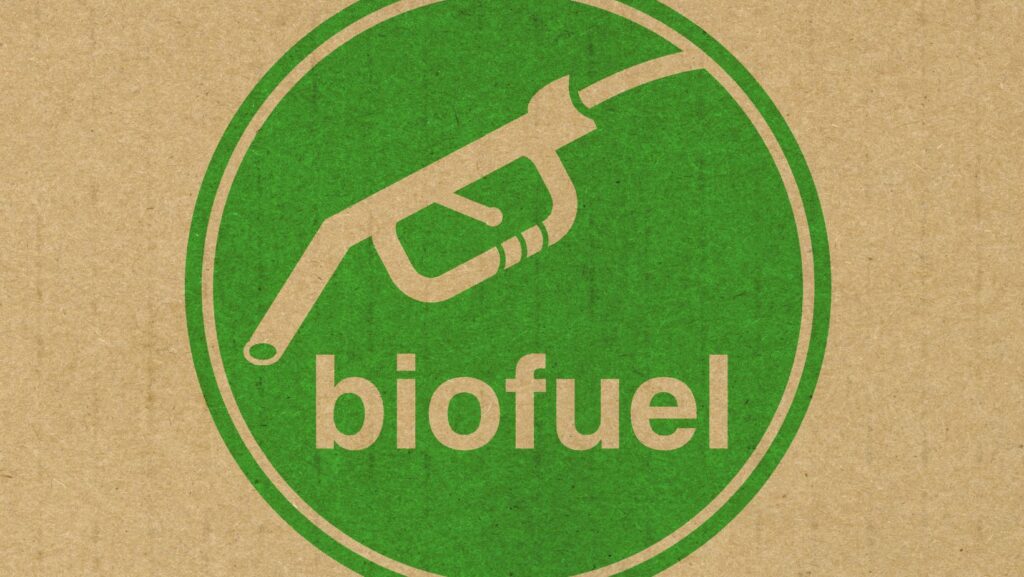As concerns about climate change and energy security grow, many people seek sustainable alternatives to fossil fuels. Biofuels have emerged as a promising option, but the process of producing them can be complex. How does biofermentation contribute to the production of biofuels?
Biofermentation is crucial in biofuel production. It converts organic matter into alcohols or acids through microbial action. This process breaks down complex molecules into simpler compounds for fuel, such as ethanol or butanol.
While this brief explanation gives you a general idea of biofermentation’s role in biofuel production, there’s much more to explore. Understanding the steps, microorganisms involved, and potential challenges can help you know how this process revolutionizes the renewable energy sector and gaming sector.
What Are The Key Steps In The Biofermentation Process For Biofuel Production?
The biofermentation process for biofuel production typically involves several key steps. First, the feedstock, which can be various types of biomass like corn, sugarcane, or even agricultural waste, is prepared. This often involves breaking down complex carbohydrates into simpler sugars through hydrolysis.
Next, microorganisms such as yeast or bacteria are introduced to the prepared feedstock. These microbes consume the sugars and, through their metabolic processes, produce alcohol (usually ethanol) or other biofuel precursors. This fermentation step is the heart of the biofermentation process and can take several days to complete.

After fermentation, the resulting mixture goes through a distillation process to separate the biofuel from other components. Finally, the biofuel is purified and may be blended with other fuels or additives to meet specific performance requirements.
Which Microorganisms Are Commonly Used In Biofermentation For Biofuels?
The choice of microorganisms in biofermentation can significantly impact the efficiency and yield of biofuel production. One of the most commonly used microorganisms is Saccharomyces cerevisiae or baker’s yeast. This yeast is particularly effective at fermenting sugars into ethanol and has been used in alcohol production for centuries.
For more advanced biofuels, bacteria such as Clostridium acetobutylicum are often employed. These bacteria can produce butanol, which has a higher energy content than ethanol and is more compatible with existing gasoline engines.
In recent years, there’s been growing interest in using genetically modified organisms (GMOs) in biofermentation. Scientists have engineered strains of E. coli and other microbes to more efficiently convert biomass into desired biofuels, potentially increasing yields and reducing production costs.
What Are The Challenges And Future Prospects Of Biofermentation In Biofuel Production?
While biofermentation has shown great promise in biofuel production, it’s challenging. One major issue is the competition for feedstocks with food production. Using crops like corn for biofuels can increase food prices, leading to ethical concerns.
Another challenge is the efficiency of the process. Current biofermentation methods often require significant energy inputs, which can offset some of the environmental benefits of biofuels. Researchers are working on developing more efficient fermentation processes and exploring the use of non-food biomass sources like algae or agricultural waste.

Looking to the future, advancements in synthetic biology and metabolic engineering offer exciting prospects for biofermentation in biofuel production. Scientists are developing “super-microbes” capable of producing advanced biofuels more efficiently. Additionally, there’s growing interest in integrating biofermentation with other renewable energy technologies, creating more sustainable and efficient energy systems.
How Does Biofermentation Compare To Other Biofuel Production Methods?
While biofermentation is a widely used method for biofuel production, it’s not the only approach. One alternative is thermochemical conversion, which uses heat and pressure to break down biomass into biofuels. This method, including pyrolysis and gasification, can handle a wider variety of feedstocks and often produces fuels more similar to conventional petroleum products.
Another method is transesterification, commonly used to produce biodiesel from vegetable oils or animal fats. This process involves reacting the oils with an alcohol in the presence of a catalyst, resulting in biodiesel and glycerol as byproducts.
Compared to these methods, biofermentation is a more natural process that can occur at lower temperatures and pressures. Unlike some thermochemical methods, biofermentation relies on the metabolic processes of microorganisms, including protein expression, to convert biomass into biofuels. It’s particularly effective for producing ethanol and other alcohol-based fuels. However, it typically requires more specific feedstocks and can be slower than some thermochemical processes.
What Role Does Biofermentation Play In The Broader Context Of Sustainable Energy?
Biofermentation’s contribution to biofuel production is just one piece of the larger sustainable energy puzzle. As the world seeks to reduce its reliance on fossil fuels and mitigate climate change, biofuels produced through biofermentation offer a renewable alternative for transportation and other energy needs.
One key advantage of fermentation-derived biofuels is their potential to be carbon-neutral. The carbon dioxide released when these fuels are burned is offset by the CO2 absorbed by the plants used as feedstock during their growth. This closed carbon cycle contrasts sharply with the net carbon increase caused by burning fossil fuels.
Moreover, biofermentation can be integrated with other sustainable practices. For instance, the process can utilize agricultural waste or byproducts from food production, helping to reduce waste and create value from what would otherwise be discarded. Some innovative projects explore biofermentation to produce biofuels from captured CO2, potentially creating a negative-emissions fuel source.
However, it’s important to note that biofermentation and biofuels are crucial in the transition to sustainable energy; they are only a partial solution. A sustainable energy future will likely involve a diverse mix of renewable sources, including solar, wind, hydroelectric power, biofuels, and other sustainable liquid fuels.
Taking the Initiative for a Greener Future
Now that you understand the crucial role of biofermentation in biofuel production and its place in the broader sustainable energy landscape, it’s time to take action. Consider researching local biofuel initiatives or renewable energy projects in your area and explore ways to support them, whether through advocacy, investment, or simply choosing biofuel options when available for your vehicle. By actively engaging with and promoting sustainable energy solutions, you can contribute to the global effort to reduce reliance on fossil fuels and combat climate change.
